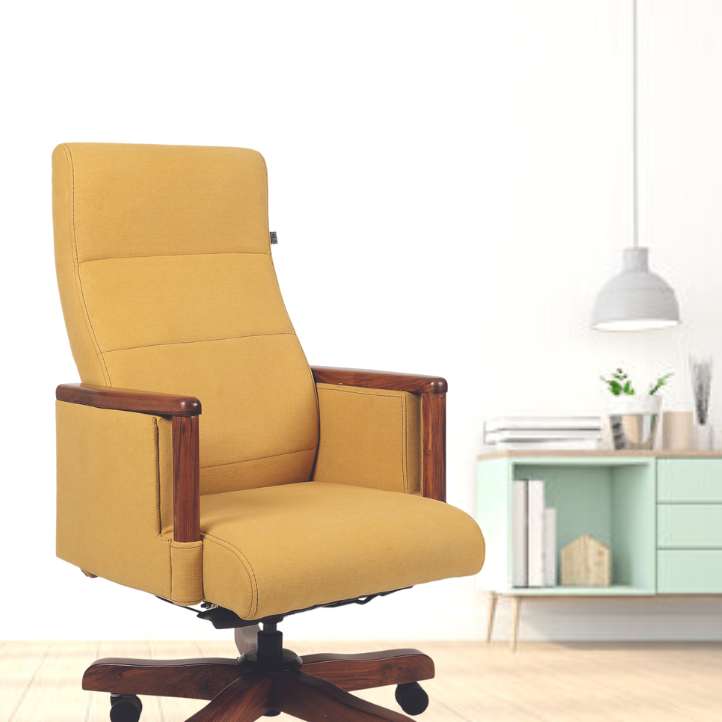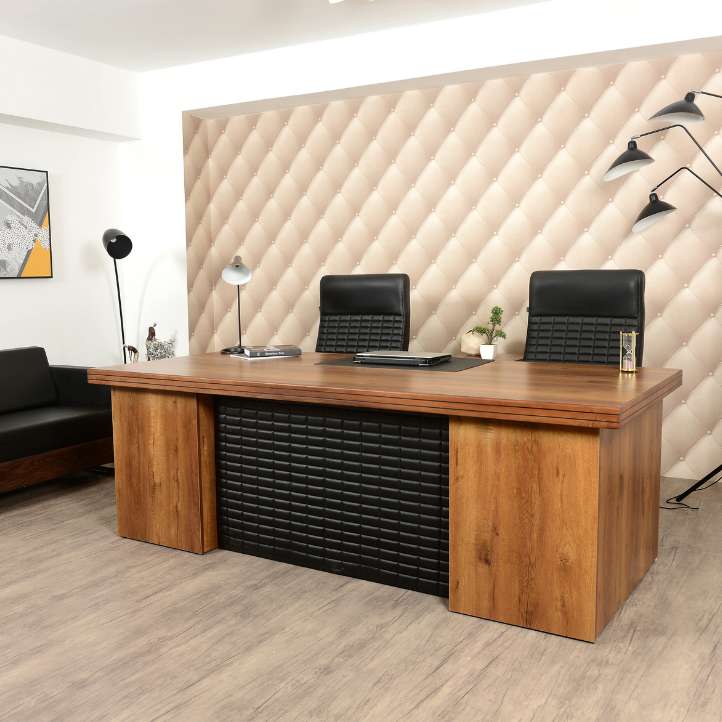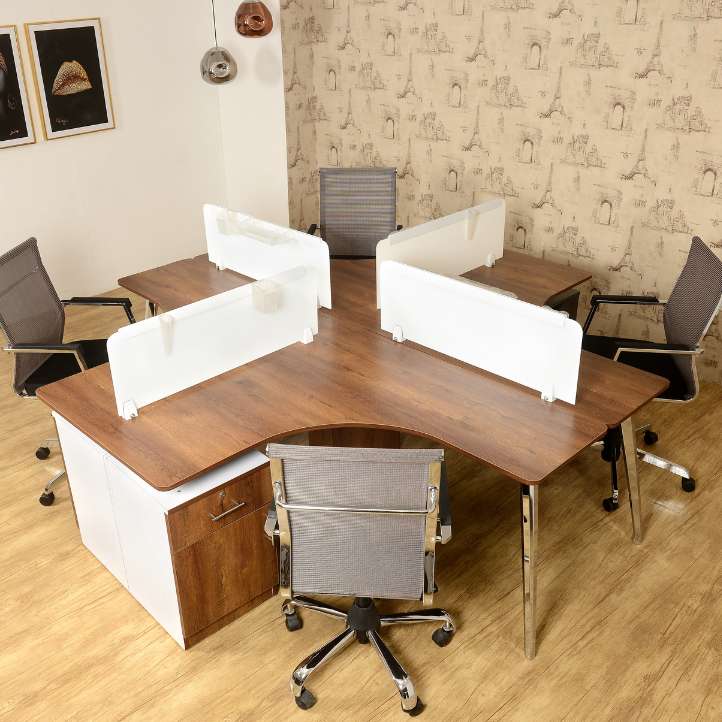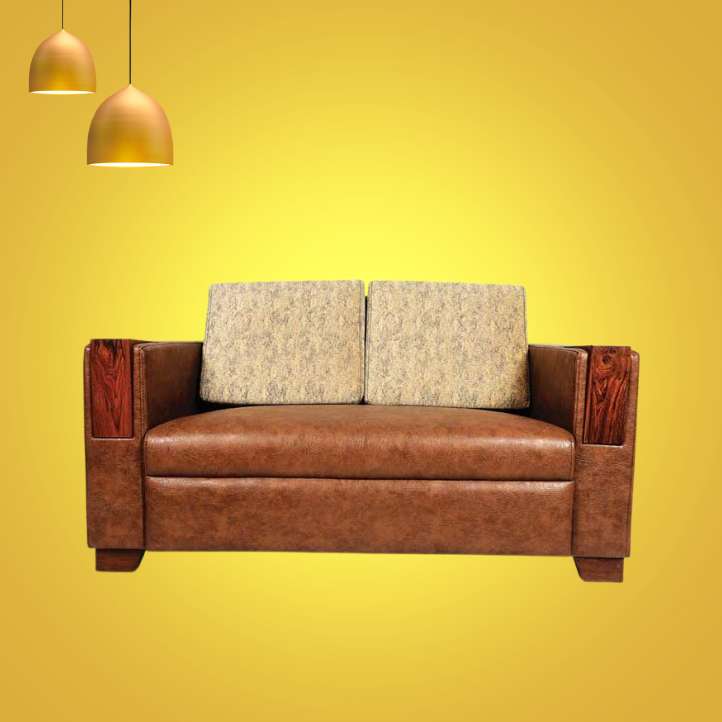Why Selection of Right Kind of Office Furniture is Important in Today's Living?

In the modern workplace, employees spend the majority of their time sitting at a desk, using a computer or other office equipment. As such, selecting the right kind of office furniture has become more important than ever before. Here are a few reasons why the selection of the right kind of office furniture is important in today’s living:
HEALTH AND WELL-BEING:
One of the primary concerns when selecting office furniture is the health and well-being of employees. Sitting at a desk for extended periods can lead to a range of physical health problems such as back pain, neck strain, and carpal tunnel syndrome. The ergonomic design of furniture is essential in mitigating these issues. Ergonomic chairs, desks, and other furniture can help to improve posture, reduce pressure on the spine, and provide necessary support for different body types. Properly designed furniture can also help to reduce eye strain, headaches, and other symptoms that arise from prolonged computer use.
EMPLOYEE PRODUCTIVITY:
Investing in comfortable and ergonomic furniture can have a significant impact on employee productivity. When employees are comfortable and supported, they are more focused and alert, leading to increased efficiency and effectiveness. By providing furniture that accommodates different work styles and preferences, such as adjustable height desks, open-plan workstations, collaborative tables, and ergonomic seating are all examples of furniture can break down physical barriers and create a sense of community among employees, leading to improved relationships and better results.
COST-EFFECTIVENESS:
Investing in quality furniture may seem expensive at first, but it can be a cost-effective choice in the long run. Office furniture requires regular maintenance to keep it in good condition. Choosing furniture that is easy to clean and maintain can help to prolong the lifespan of the furniture and reduce the need for frequent replacements. Additionally, furniture that supports employee health and well-being can reduce the risk of workplace injuries, saving money on workers’ compensation claims.
SPACE EFFICIENCY:
Office space can be expensive, so selecting furniture that is designed for space efficiency can help to optimize the use of available space. This can include furniture such as compact desks, wall-mounted storage, and multifunctional pieces that can serve multiple purposes.
TECHNOLOGY INTEGRATION:
Today’s workplace often relies heavily on technology, so selecting furniture that is designed to integrate with technology can help to create a more functional and efficient workplace. This can include furniture that has built-in power outlets, charging ports, or cable management systems.
FLEXIBILITY:
The needs of the workplace can change over time, so selecting furniture that is flexible and adaptable can help to future-proof the workplace. This can include furniture that can be easily reconfigured or moved to accommodate changes in the layout or needs of the organization.
SAFETY:
Selecting office furniture that meets safety standards is an important consideration. Furniture that is not properly designed or constructed can pose a safety hazard to employees, leading to injuries and lost productivity.
STYLE:
The style of office furniture can have a significant impact on the look and feel of the workplace. Choosing furniture that is on-trend and visually appealing can help to create a modern and stylish workplace.
Conclusion:
In summary, office furniture is not just about aesthetics; it’s about creating an environment that is conducive to productivity, creativity, and employee well-being. A well-designed and well-equipped workplace can help to attract and retain top talent, boost employee morale and engagement, and enhance overall organizational performance. It can also help to create a work environment that is visually appealing and reflects the company’s brand and culture.





